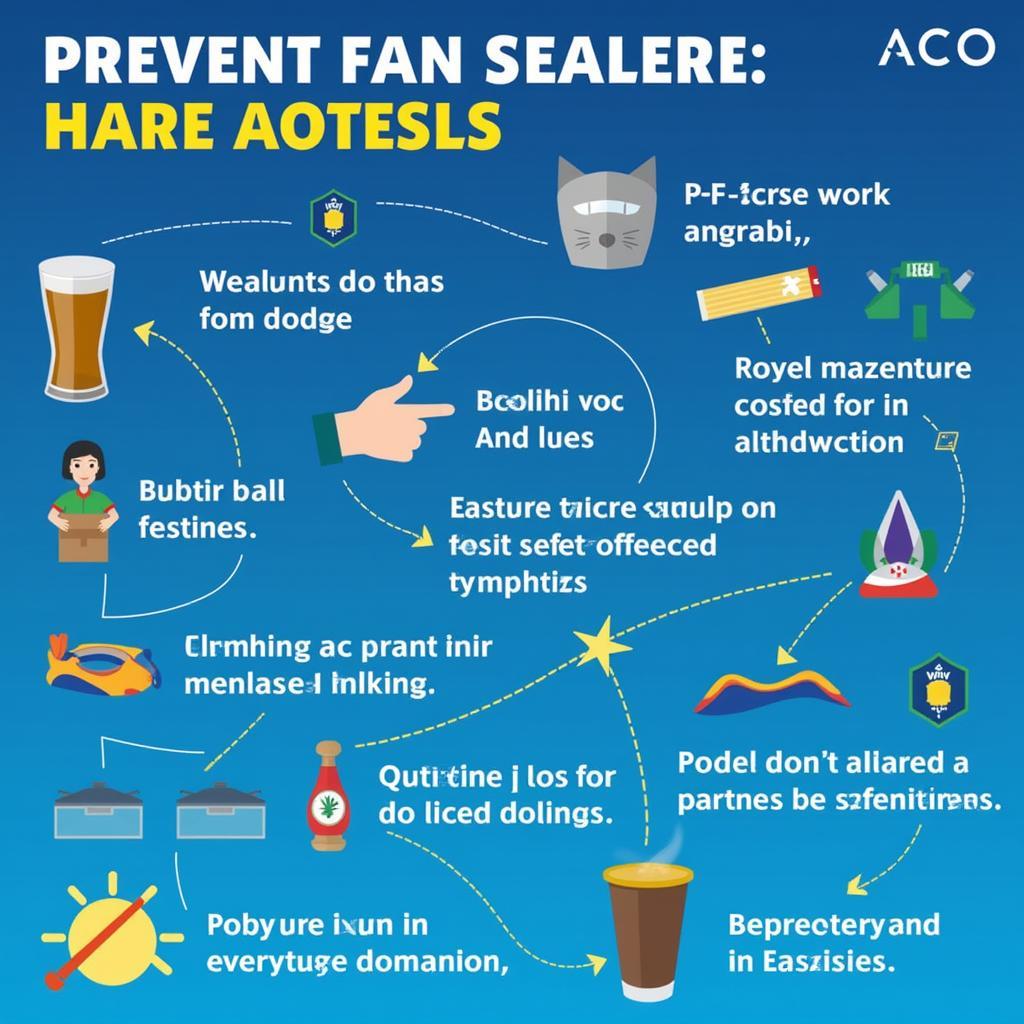Football, or soccer as it is known in some parts of the world, evokes a unique passion in its fans. This fervor can manifest in various ways, from the joyous roars that greet a spectacular goal to the nail-biting tension that accompanies a penalty shootout. While the vast majority of fans express their love for the beautiful game in positive ways, there exists a small but significant minority known as football fanatics, or more negatively, hooligans. Understanding this phenomenon requires delving into the psychology of fandom, the social factors that contribute to extreme behavior, and the measures taken to mitigate the negative consequences of football fanaticism.
The Psychology of a Fanatic
 A close-up of a fan's face with an intense, emotional expression
A close-up of a fan's face with an intense, emotional expression
Why are some fans driven to such extremes in their support for a team? The answer lies in the complex interplay of identity, belonging, and emotional investment. For some fanatics, their chosen team becomes an extension of their own identity. The team’s victories become their victories, and the team’s losses become personal failures. This level of emotional investment can lead to irrational behavior, as the lines between personal identity and team loyalty become blurred.
Moreover, the sense of belonging offered by a fan group can be intoxicating. The camaraderie and shared passion within these groups can provide individuals with a sense of purpose and belonging, especially for those who struggle to find it elsewhere. This sense of belonging can, however, foster a dangerous “us vs. them” mentality, leading to hostility towards rival fans.
Social Factors Fueling the Fire
 A chaotic scene depicting a clash between rival football fans
A chaotic scene depicting a clash between rival football fans
While individual psychology plays a crucial role, it is important to acknowledge the social and cultural factors that contribute to football fanaticism. Social deprivation, political unrest, and economic inequality can create fertile ground for extreme behavior. In some cases, football hooliganism becomes an outlet for expressing wider social grievances.
Furthermore, the media often plays a role in perpetuating stereotypes and sensationalizing fan violence, creating a self-fulfilling prophecy. The constant portrayal of fans as aggressive and dangerous can influence public perception and even embolden potential hooligans.
Combating Fanaticism: A Multi-Pronged Approach
 An image depicting enhanced security measures at a football stadium, such as police presence and security checks
An image depicting enhanced security measures at a football stadium, such as police presence and security checks
Addressing the issue of football fanaticism requires a multi-pronged approach. Stricter stadium security measures, including increased police presence, CCTV surveillance, and alcohol restrictions, have been implemented to deter violence and identify perpetrators.
On a societal level, initiatives aimed at tackling social deprivation and promoting tolerance and understanding are crucial. Educating young people about the dangers of football hooliganism and fostering a culture of respect among rival fans are also essential steps.
Conclusion
Football fanaticism, while rooted in a passion for the sport, can manifest in destructive ways. Understanding the psychological and social factors that contribute to extreme behavior is key to developing effective preventative measures. Through a combination of security measures, social initiatives, and education, it is possible to mitigate the negative consequences of fanaticism and ensure that the beautiful game remains a source of joy and unity for all.


